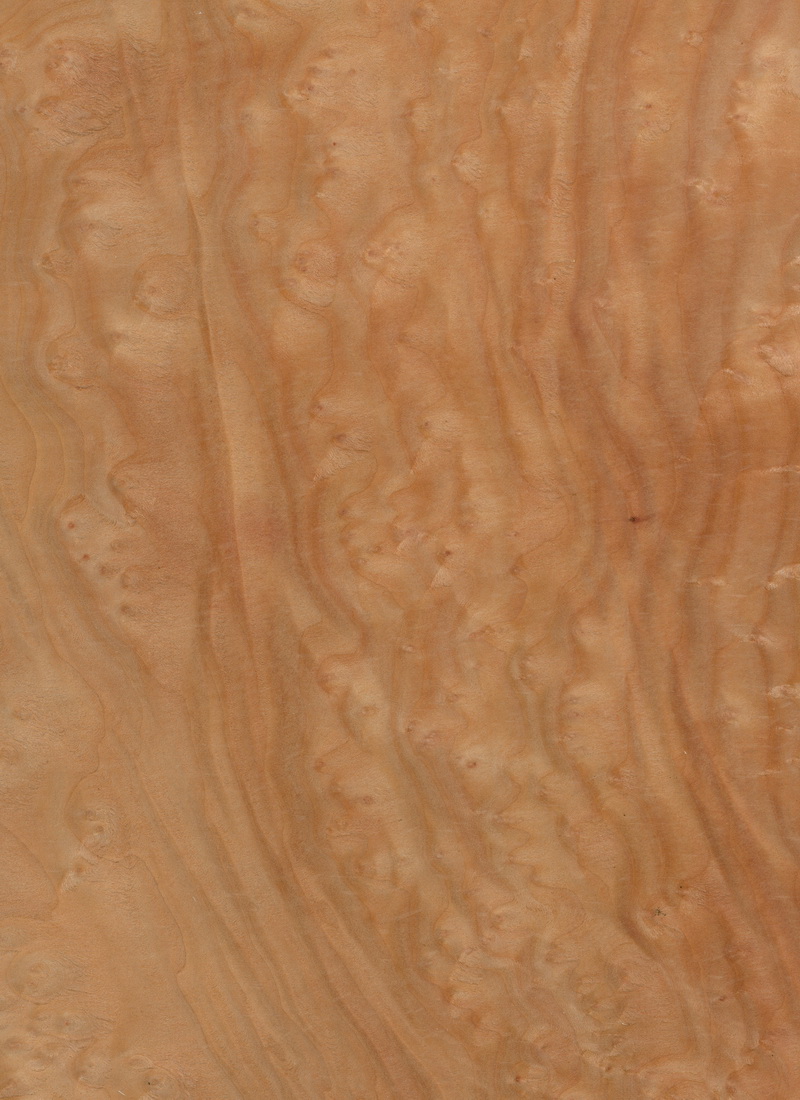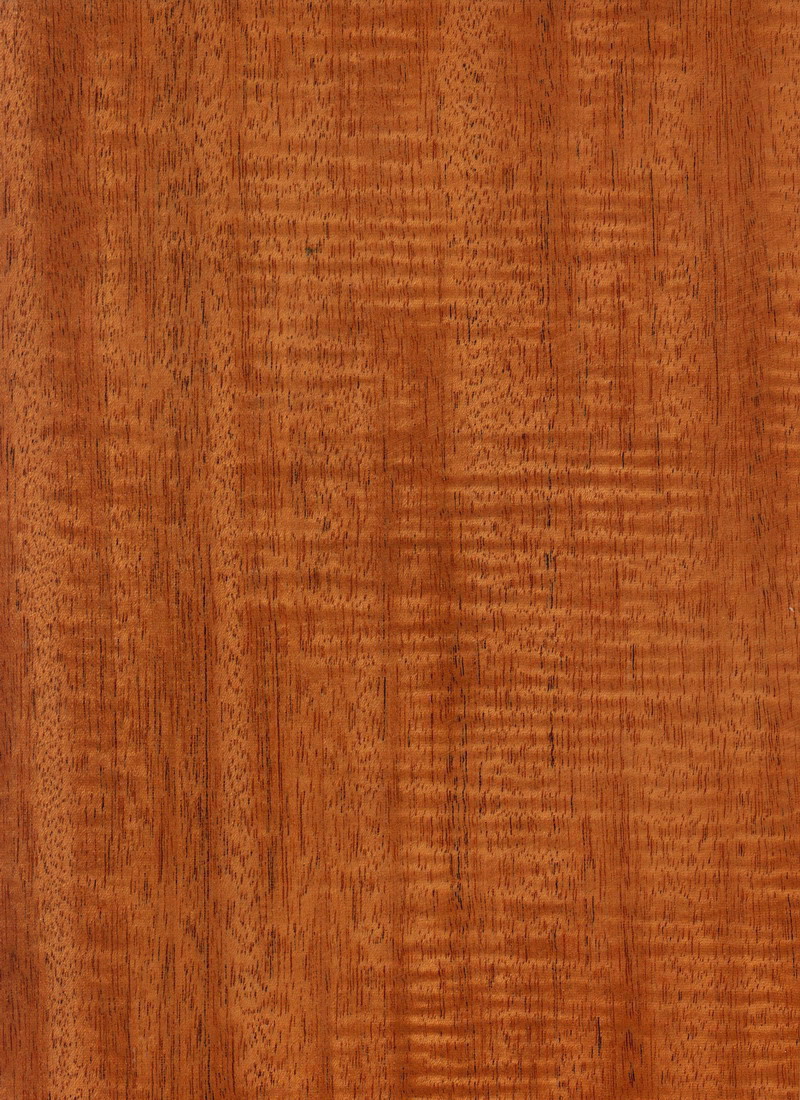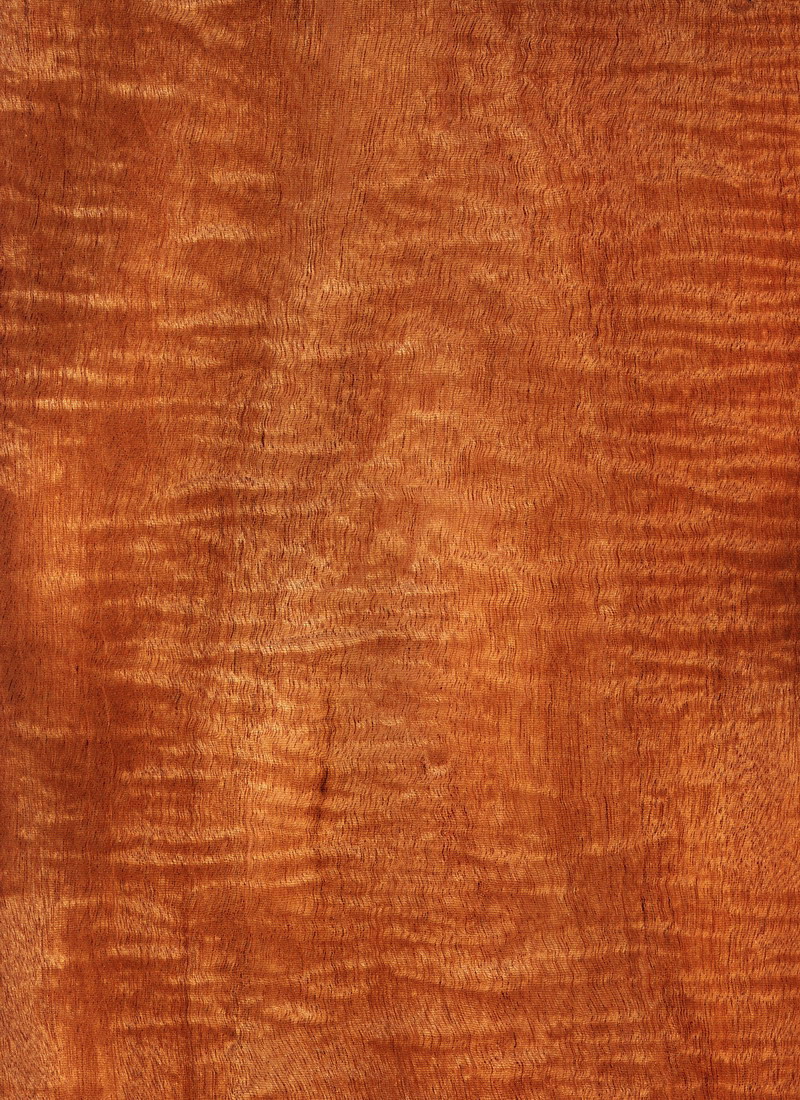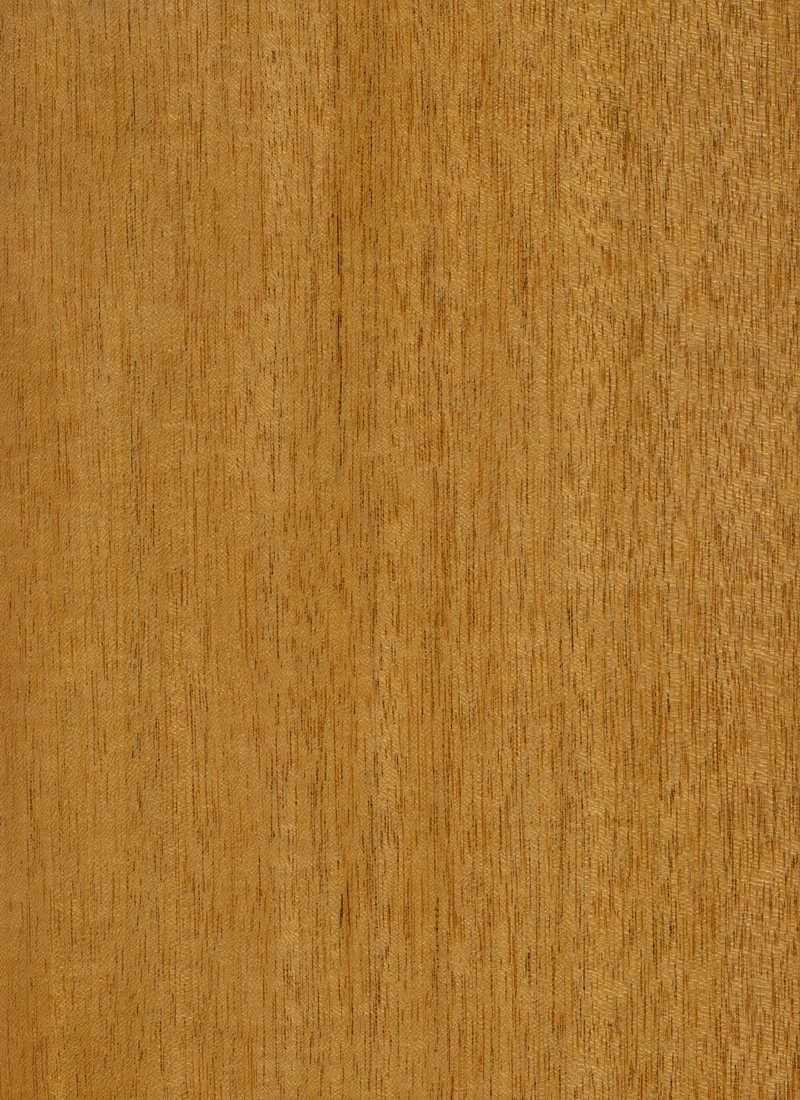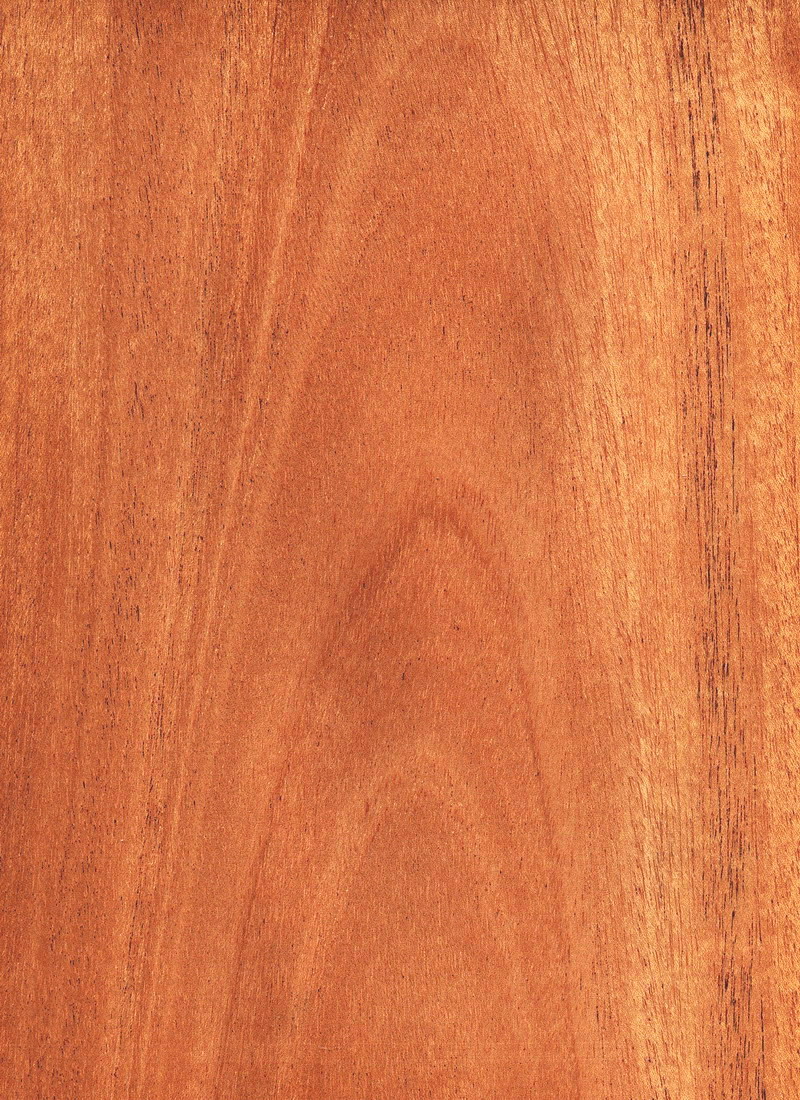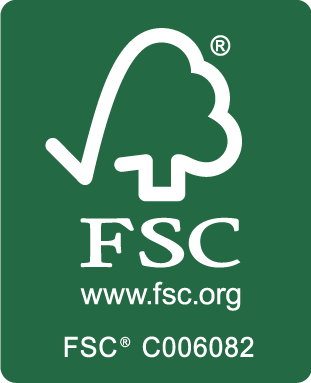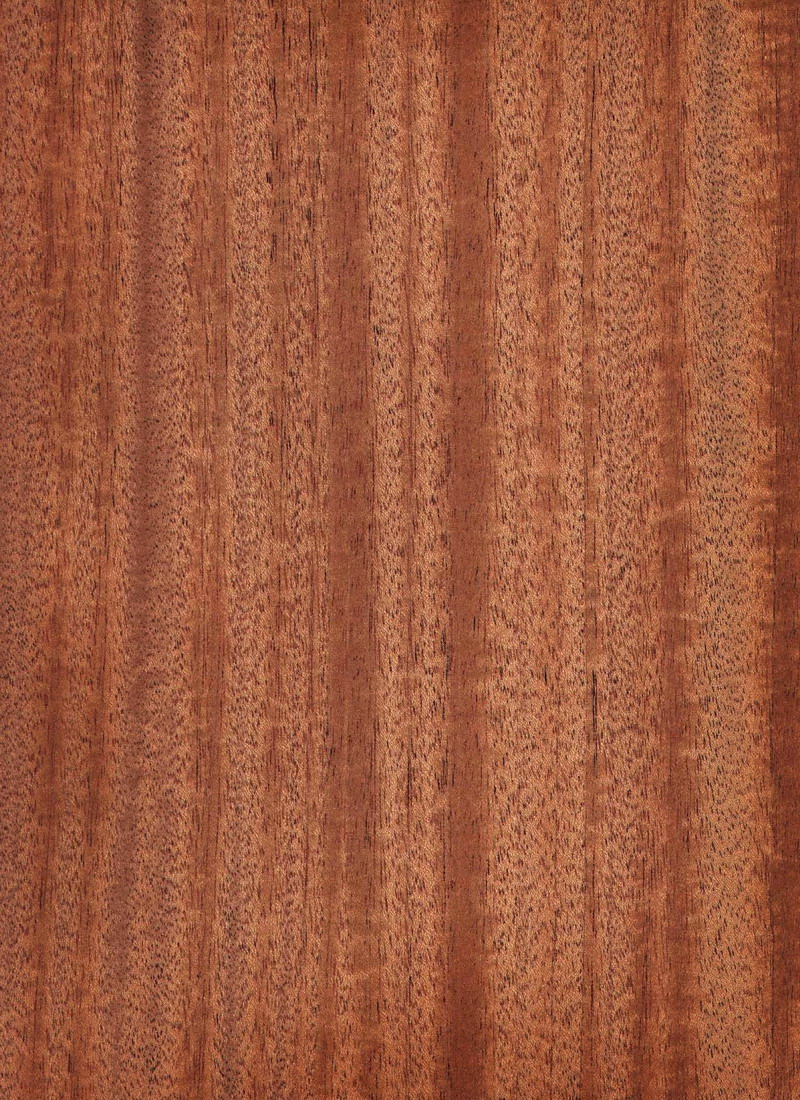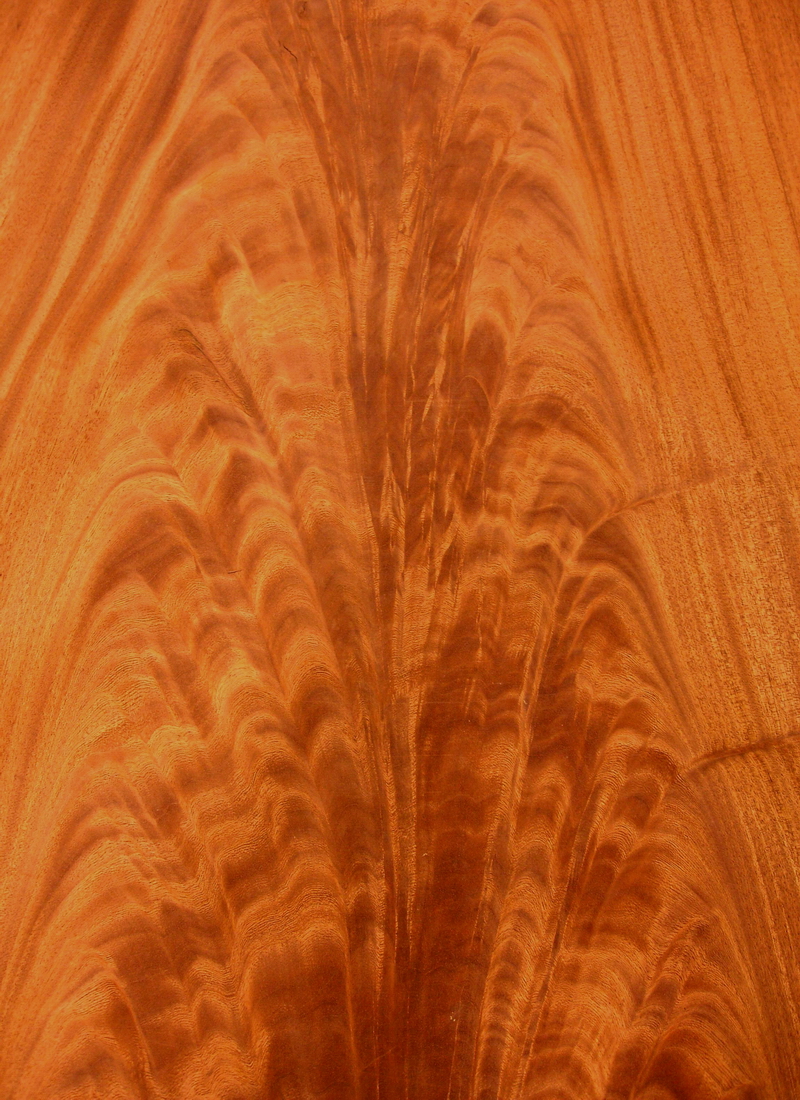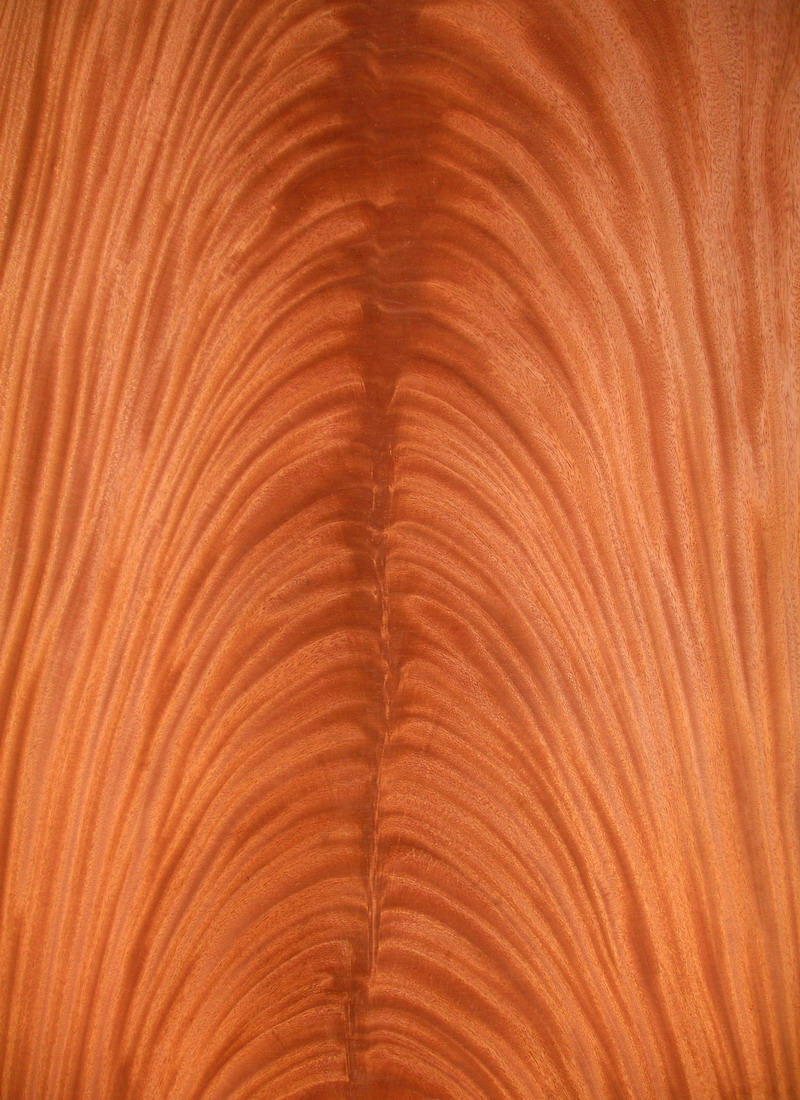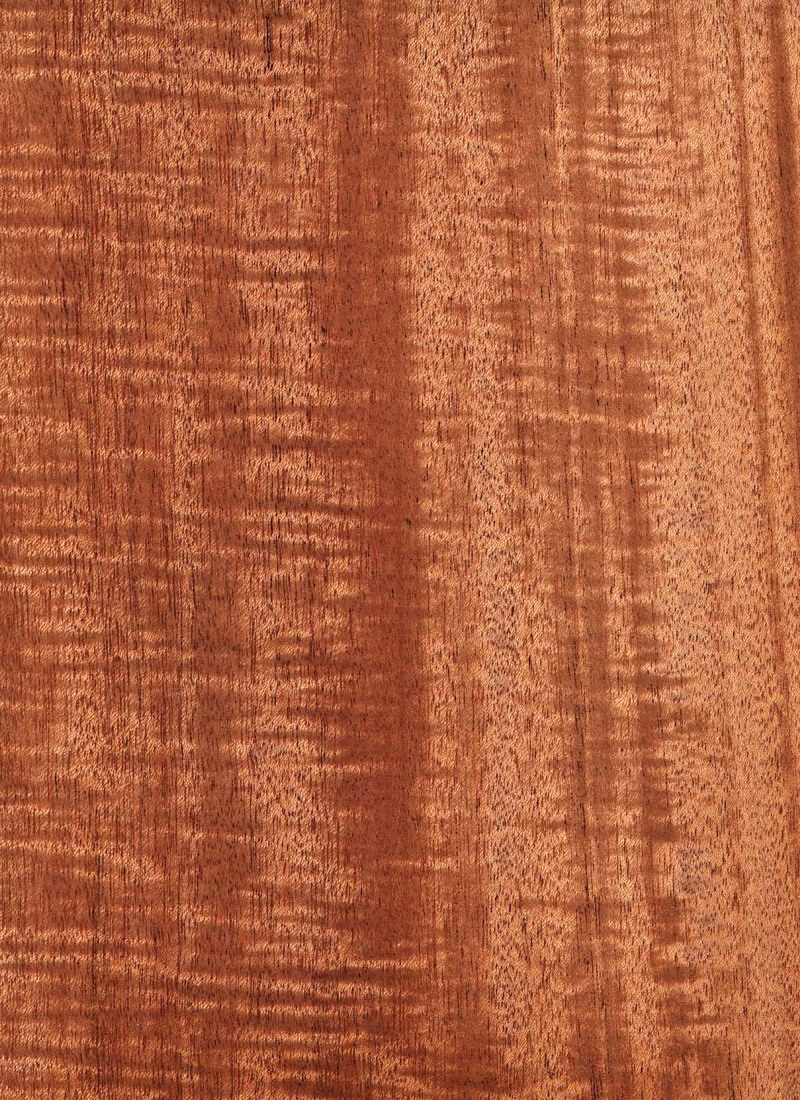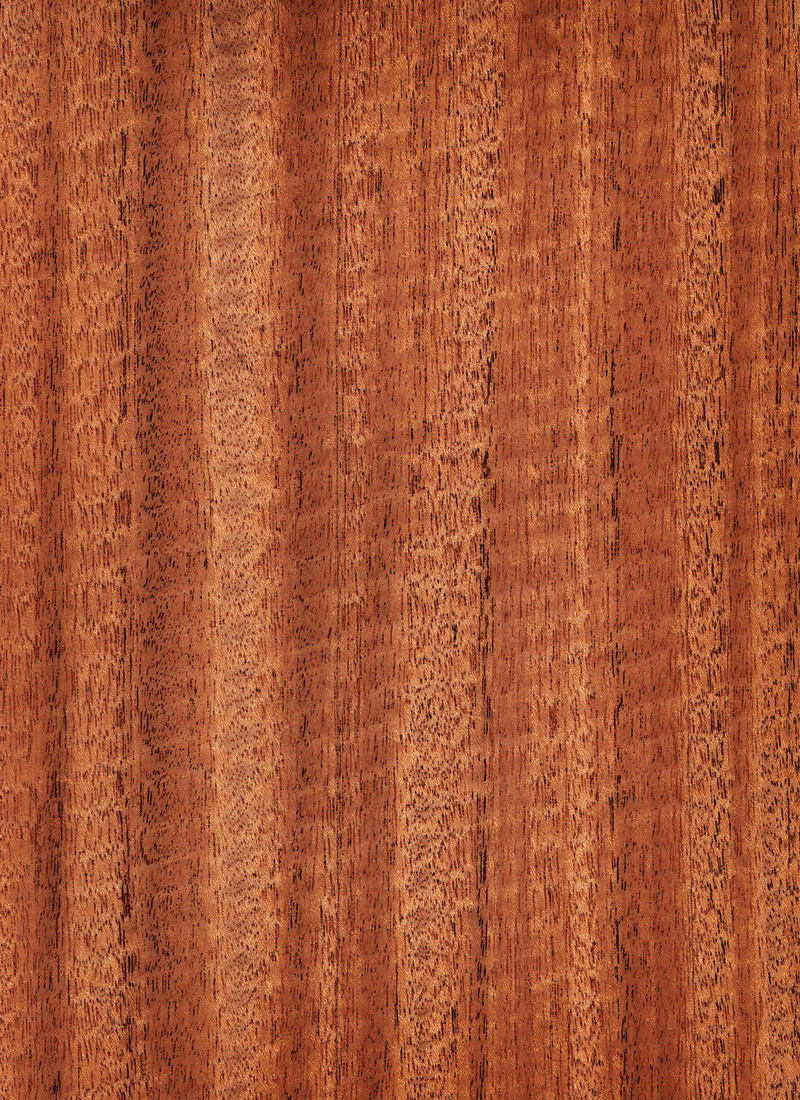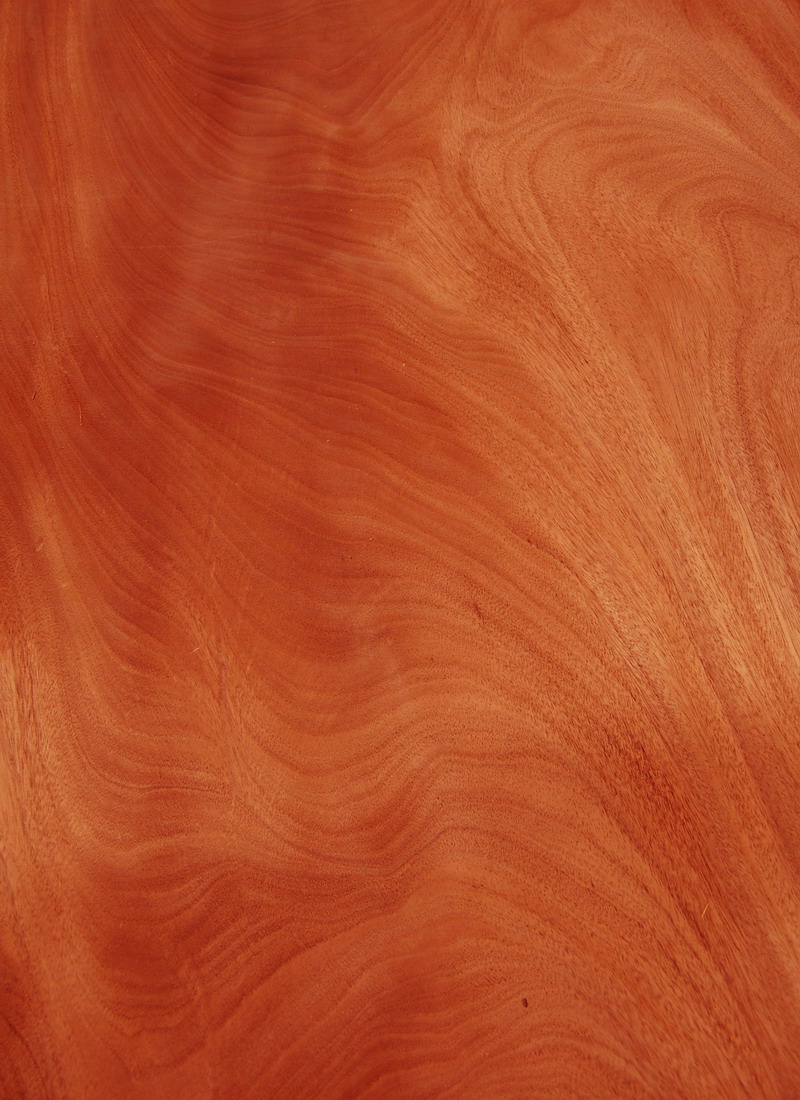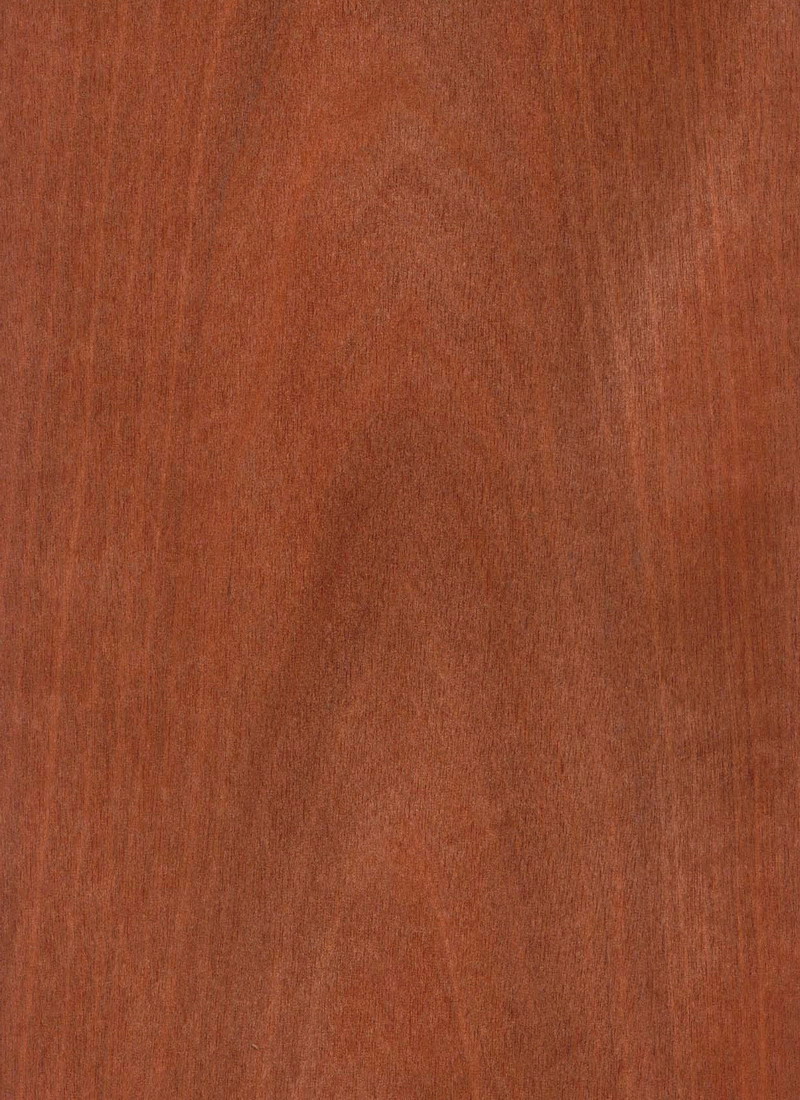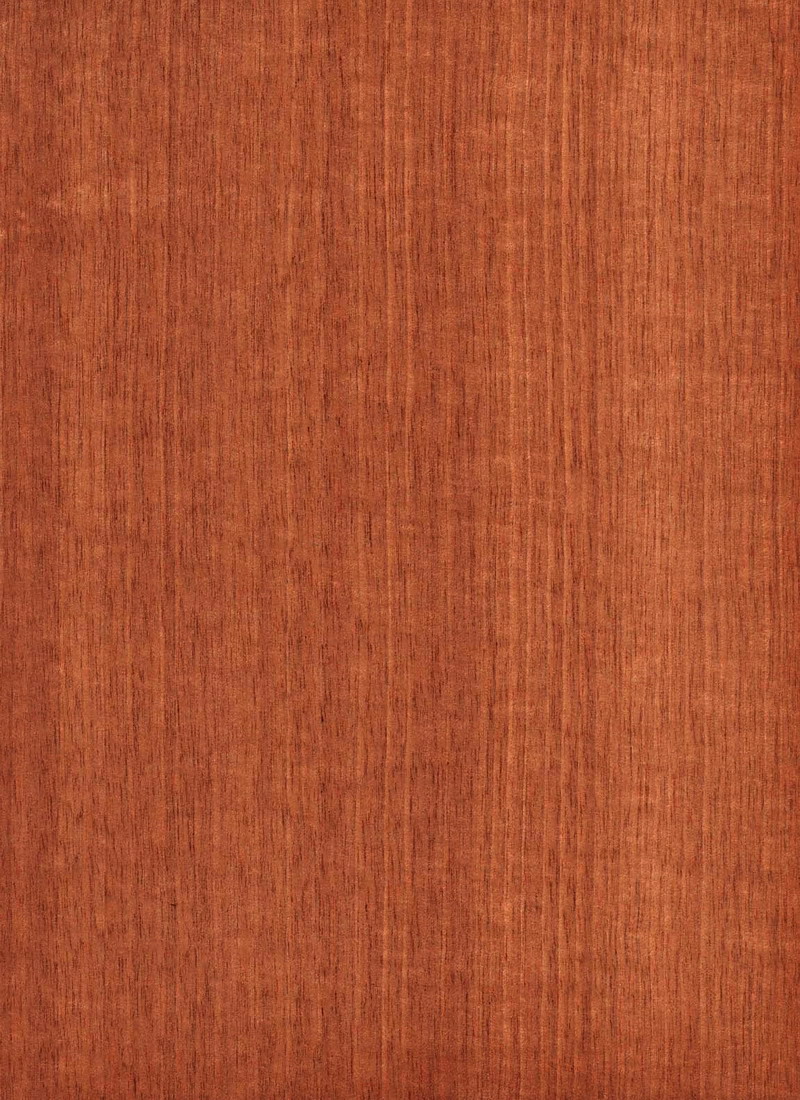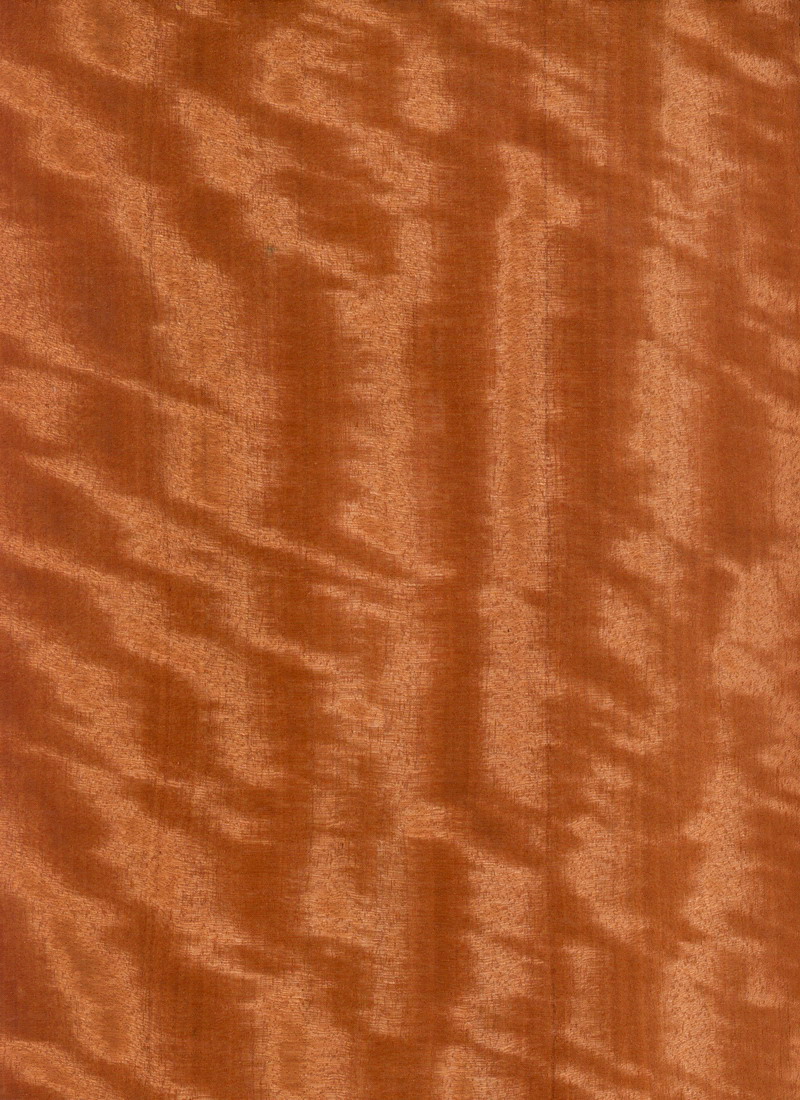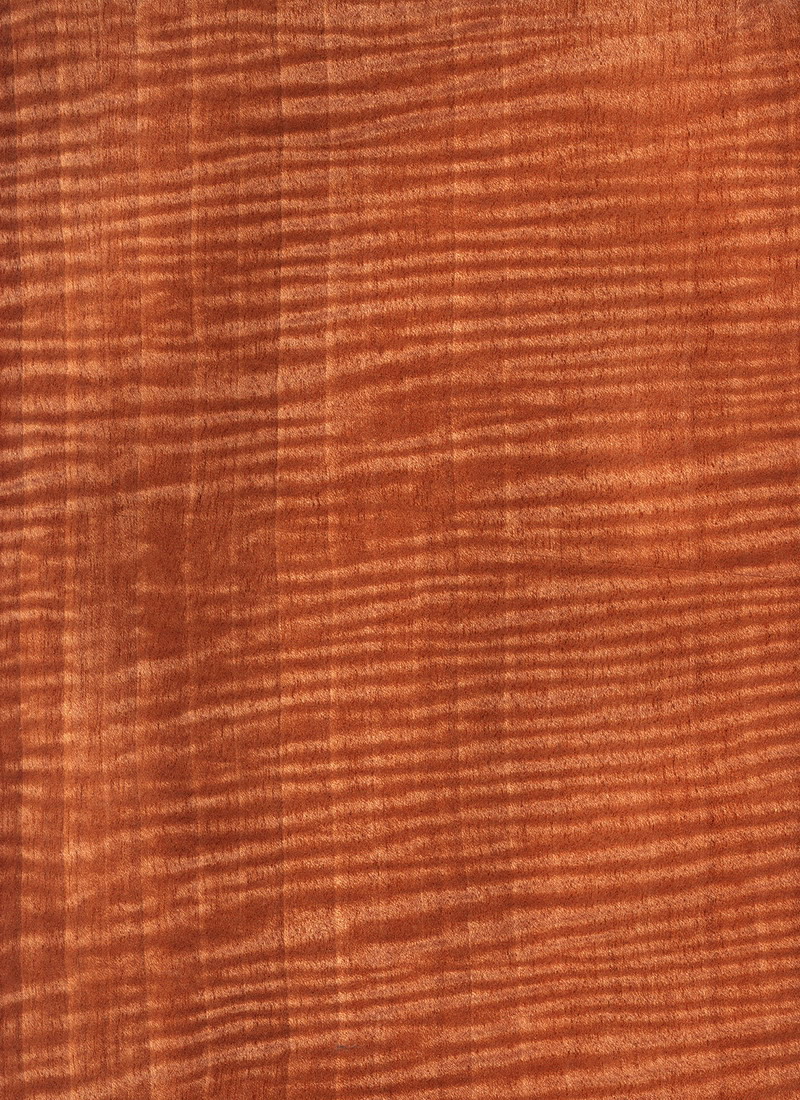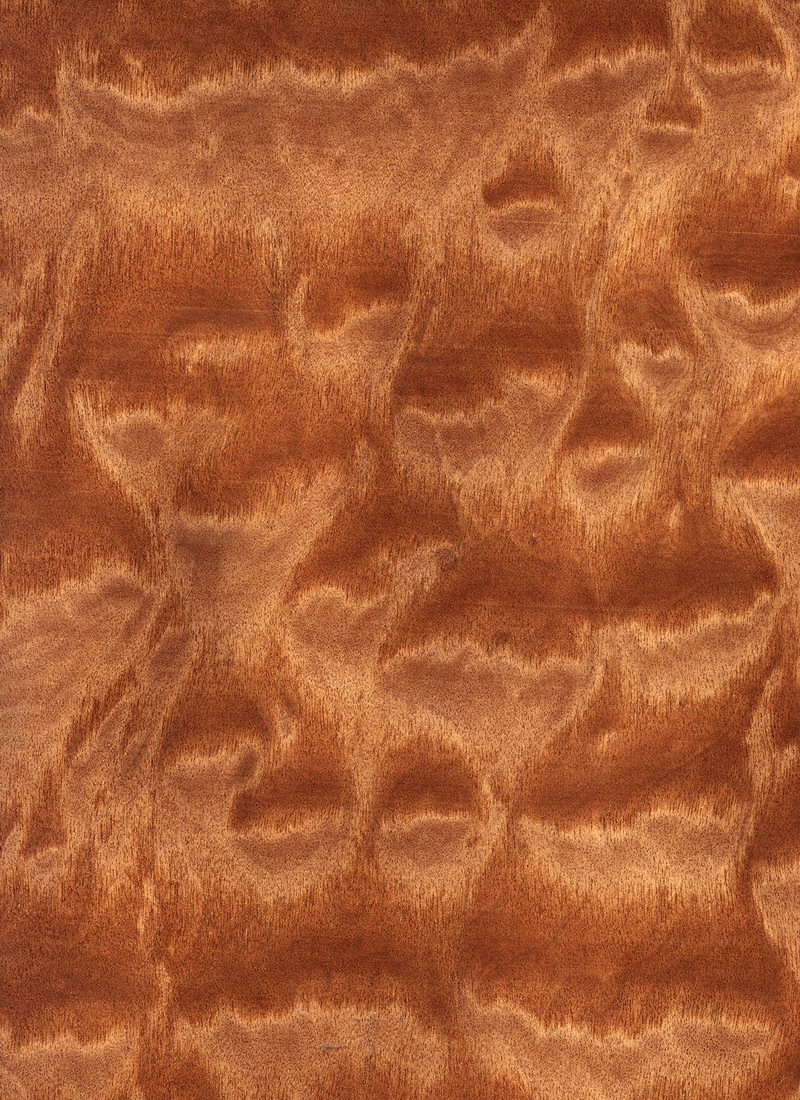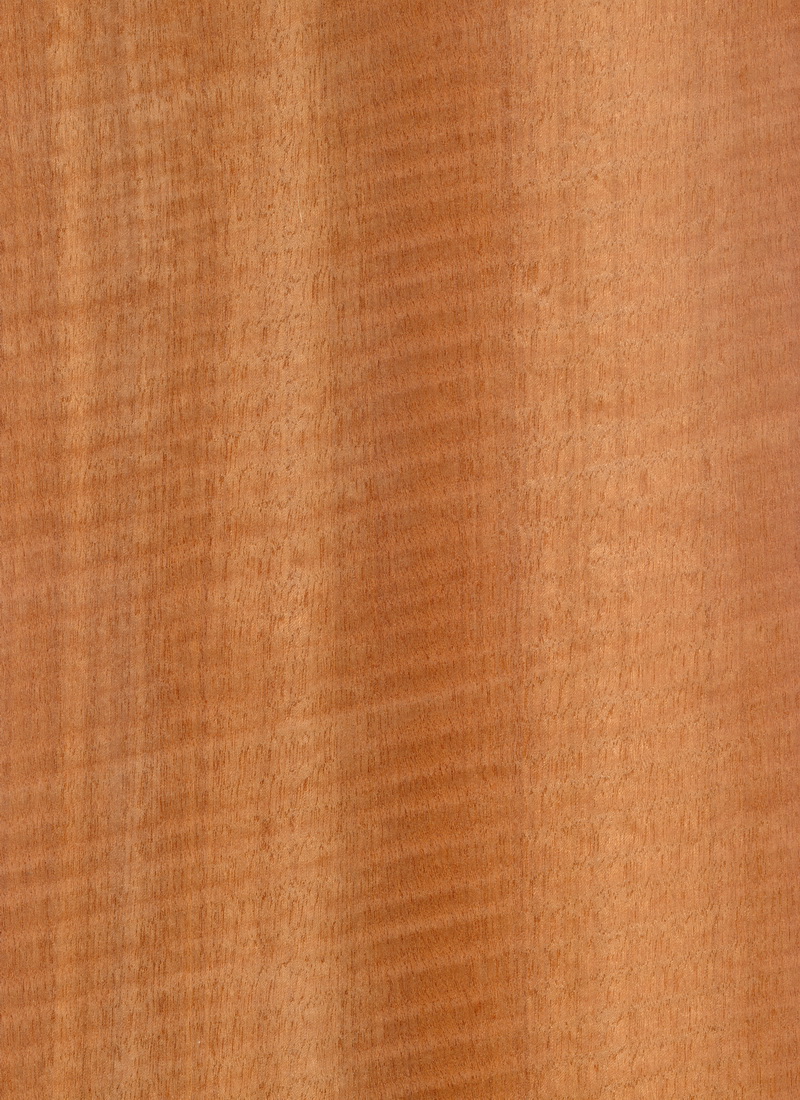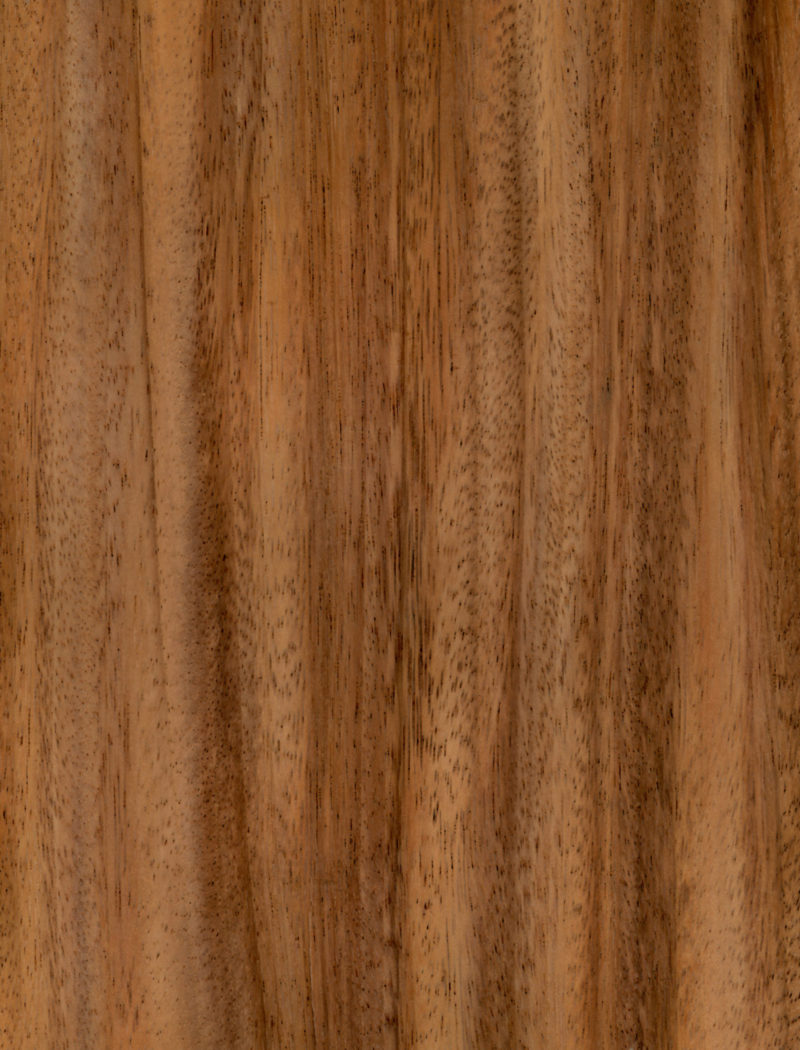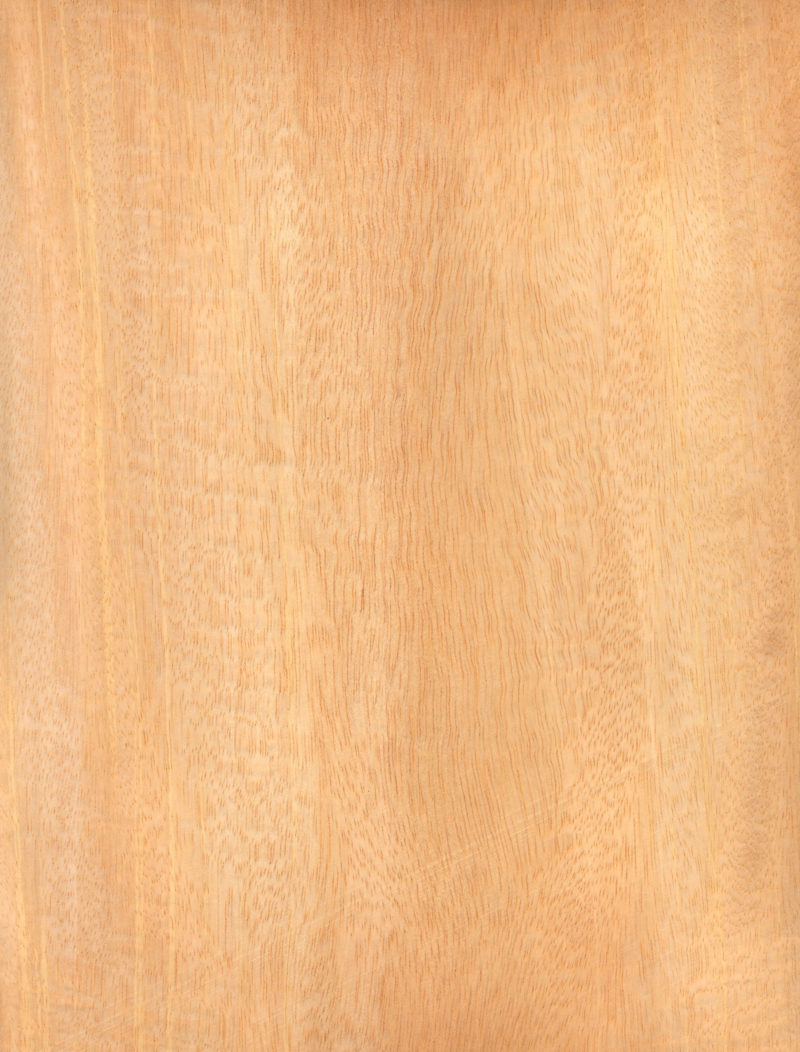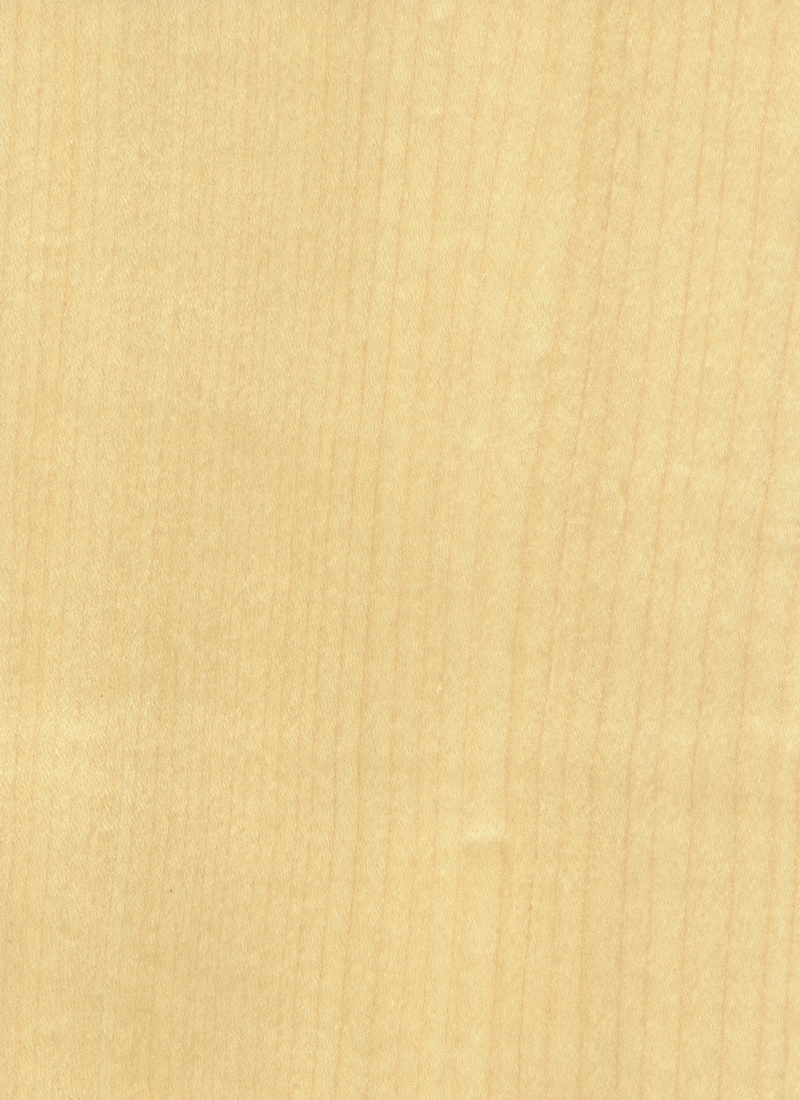Veneer Catalogue
-
 MACHICHEx
MACHICHExMACHICHE
Lonchocarpus spp.Machiche flat cut wood veneer has colors ranging between honey browns to reddish browns with some occasional chocolates. Its grain can be straight, irregular, or interlocked, with a coarse texture. Low to medium luster. Finishes bring out the fine, light-colored parenchyma bands, giving the wood handsome character.
Common Uses for Flat Cut Machiche Wood Veneer: Architectural panels, millwork, cabinetry and doors, as well as furniture. Also yacht and aircraft interiors.
The Tree: Grows up to 100 feet with a trunk diameter ranging around 2-3 feet.
A Little History: The timber is used for heavy construction within its native region. Also traditionally used for decking and flooring.
Region: South America
[widget id="black-studio-tinymce-5"] -
 MADRONEx
MADRONExMADRONE
arbutus menziesiiMadrone flat cut wood veneer is a pale to medium pink or reddish brown with straight to irregular grain, as well as a smooth, fine texture.
Common Uses for Flat Cut Madrone Wood Veneer: Architectural panels, millwork, cabinetry and doors, as well as furniture.
Other Name(s): Madrona, Madrono.
The Tree: This North American evergreen typically grows to 60-80 feet with trunks around 2-3 feet in diameter. Some trees can grow up to 120 feet with diameters of 4-5 feet.
A Little History: Madrone’s botanical species name, menziesii, is in honor of Scottish botanist Archibald Menzies, who discovered the tree in 1792. His name is also applied to Douglas Fir.
Region: North America
Download Info Sheet Request a Quote View Single Page Madrone’s botanical species name, menziesii, is in honor of Scottish botanist Archibald Menzies, who discovered the tree in 1792. His name is also applied to Douglas Fir. " />[widget id="black-studio-tinymce-5"] -
 MADRONE BURLx
MADRONE BURLxMADRONE BURL
arbutus menziesiiMadrone burl wood veneer can have a tremendous range of colors. Mocha browns, reds, pinks and warm creams are all common. Its beautiful burl figure is sometimes called “rivers and valleys” because of the similarities to a topographical map.
Common Uses for Burl Madrone Wood Veneer: Architectural panels, millwork, high-end cabinetry and fine furniture, as well as aircraft and yacht interiors.
Other Name(s): Madrona, Madrono.
The Tree: Grows to heights of 60-80 feet with trunks around 2-3 feet in diameter. Some trees can grow up to 120 feet with diameters of 4-5 feet.
A Little History: Because Scottish botanist Archibald Menzies discovered the tree in 1792, Madrone’s botanical species name is menziesii,
Region: North America
Download Info Sheet Request a Quote View Single Page Because Scottish botanist Archibald Menzies discovered the tree in 1792, Madrone’s botanical species name is menziesii, " />[widget id="black-studio-tinymce-5"] -
 MAHOGANY CUBAN (FIDDLEBACK)x
MAHOGANY CUBAN (FIDDLEBACK)xMAHOGANY CUBAN (FIDDLEBACK)
swietenia mahogoniFigured Cuban Mahogany quarter cut wood veneer heartwood varies from a light to deeper reddish brown. Straight to interlocked grain, as well as medium to moderate coarse texture. This cut has a beautiful fiddleback figure.
Common Uses for Quarter Cut Cuban Mahogany Veneer: Architectural panels, millwork, high-end furniture and interior woodwork, as well as both yacht and aircraft interiors. Also used for musical instruments.
The Tree: Usually reaches 65-100 feet in height, along with trunk diameters of 3-5 feet.
A Little History: Historically used extensively for cabinetry and furniture.
Region: South America
[widget id="black-studio-tinymce-5"] -
 MAHOGANY CUBAN (FIDDLEBACK)x
MAHOGANY CUBAN (FIDDLEBACK)xMAHOGANY CUBAN (FIDDLEBACK)
swietenia mahogoniFigured Cuban Mahogany flat cut wood veneer heartwood varies from a light to deeper reddish brown. Straight to interlocked grain, as well as medium to moderate coarse texture. This cut has a beautiful fiddleback figure.
Common Uses for Flat Cut Cuban Mahogany Veneer: Architectural panels, millwork, high-end furniture and interior woodwork, as well as both yacht and aircraft interiors. Also used for musical instruments.
The Tree: Usually reaches 65-100 feet in height, along with trunk diameters of 3-5 feet.
A Little History: Historically used extensively for cabinetry and furniture.
Region: South America
[widget id="black-studio-tinymce-5"] -
 MAHOGANY HONDURASx
MAHOGANY HONDURASxMAHOGANY HONDURAS
swietenia macrophyllaHonduras Mahogany quarter cut wood veneer heartwood varies from light to deep reddish brown. Straight to interlocked grain, along with a medium and uniform texture. Also has moderate natural luster.
Common Uses for Honduras Mahogany Quarter Cut Wood Veneer: Acoustic and architectural panels, millwork, cabinetry, musical instruments, doors and furniture, as well as both yacht and aircraft interiors.
Other Name(s): American Mahogany, Genuine Mahogany.
The Tree: Height varies but generally reaches heights of 150 feet with a trunk diameter over 6 feet.
A Little History: Called Honduran Mahogany because of historical trade routes, although the tree is not native to Honduras.
Region: South America
[widget id="black-studio-tinymce-5"] -
 MAHOGANY HONDURASx
MAHOGANY HONDURASxMAHOGANY HONDURAS
swietenia macrophyllaHonduras Mahogany flat cut wood veneer heartwood varies from light to deep reddish brown. Straight to interlocked grain, along with a medium and uniform texture. Also has moderate natural luster.
Common Uses for Honduras Mahogany Flat Cut Wood Veneer: Acoustic and architectural panels, millwork, cabinetry, musical instruments, doors and furniture, as well as both yacht and aircraft interiors.
Other Name(s): American Mahogany, Genuine Mahogany.
The Tree: Height varies but generally reaches heights of 150 feet with a trunk diameter over 6 feet.
A Little History: Called Honduran Mahogany because of historical trade routes, although the tree is not native to Honduras.
Region: South America
[widget id="black-studio-tinymce-5"] -

 MAHOGANY KHAYAx
MAHOGANY KHAYAxMAHOGANY KHAYA
khaya ivorensisKhaya Mahogany flat cut wood veneer heartwood varies from light golden red tones to deeper red browns. This true African Mahogany veneer finishes beautifully and also has high luster. The grain is straight to interlocked, with a medium to moderately coarse texture. Khaya Mahogany also produces beautiful crotch and swirl veneers.
Common Uses for Flat Cut Khaya Mahogany Wood Veneer: Aircraft interiors, both acoustic and architectural panels, cabinetry, doors, millwork and furniture, as well as yacht interiors.
Other Name(s): Khaya, African Mahogany Wood Veneer.
The Tree: Typically reaches heights between 110-140 feet, sometimes reaching 180 feet and more, with trunk diameters generally between 3-6 feet.
A Little History: Mahogany is an often misused name, applied to many woods not from the mahogany family. Khaya Mahogany is a true mahogany.
Region: Africa
[widget id="black-studio-tinymce-5"]
-

 MAHOGANY KHAYAx
MAHOGANY KHAYAxMAHOGANY KHAYA
khaya ivorensisKhaya Mahogany quarter cut wood veneer heartwood varies from light golden red tones to deeper red browns. This true African Mahogany veneer finishes beautifully and also has high luster. The grain is straight to interlocked, with a medium to moderately coarse texture. Khaya Mahogany also produces beautiful crotch and swirl veneers.
Common Uses for Khaya Mahogany Wood Veneer: Aircraft interiors, both acoustic and architectural panels, cabinetry, doors, millwork and furniture, as well as yacht interiors.
Other Name(s): Khaya, African Mahogany.
The Tree: Typically reaches heights between 110-140 feet, sometimes reaching 180 feet and more, with trunk diameters generally between 3-6 feet.
A Little History: Mahogany is an often misused name, applied to many woods not from the mahogany family. Quarter Cut Khaya Mahogany veneer is a true mahogany.
Region: Africa
[widget id="black-studio-tinymce-5"]
-
 MAHOGANY KHAYA BURNING BUSHx
MAHOGANY KHAYA BURNING BUSHxMAHOGANY KHAYA BURNING BUSH
khaya ivorensisBurning Bush Khaya Mahogany crotch wood veneer heartwood varies from light golden red tones to deeper reds. This true African Mahogany veneer finishes beautifully and also has high luster. The grain is straight to interlocked, with a medium to moderately coarse texture. Khaya Mahogany also produces swirl veneers.
Common Uses for Khaya Crotch Mahogany Wood Veneer: Aircraft, both acoustic and architectural panels, cabinetry, doors, millwork and furniture, as well as yacht interiors.
Other Name(s): Khaya, African Mahogany veneer.
The Tree: Typically reaches heights between 110-140 feet, sometimes reaching 180 feet and more, with trunk diameters generally between 3-6 feet.
A Little History: Mahogany is an often misused name, applied to many woods not from the mahogany family. Khaya Mahogany is a true mahogany.
Region: Africa
[widget id="black-studio-tinymce-5"] -
 MAHOGANY KHAYA CROTCHx
MAHOGANY KHAYA CROTCHxMAHOGANY KHAYA CROTCH
khaya ivorensisKhaya Mahogany crotch wood veneer heartwood varies from light golden red tones to deeper reds. This true African Mahogany veneer finishes beautifully and also has high luster. The grain is straight to interlocked, with a medium to moderately coarse texture. Khaya Mahogany also produces swirl veneers.
Common Uses for Khaya Crotch Mahogany Wood Veneer: Aircraft, both acoustic and architectural panels, cabinetry, doors, millwork and furniture, as well as yacht interiors.
Other Name(s): Khaya, African Mahogany veneer.
The Tree: Typically reaches heights between 110-140 feet, sometimes reaching 180 feet and more, with trunk diameters generally between 3-6 feet.
A Little History: Mahogany is an often misused name, applied to many woods not from the mahogany family. Khaya Mahogany is a true mahogany.
Region: Africa
[widget id="black-studio-tinymce-5"] -

 MAHOGANY KHAYA FIGURED (FIDDLEBACK)x
MAHOGANY KHAYA FIGURED (FIDDLEBACK)xMAHOGANY KHAYA FIGURED (FIDDLEBACK)
khaya ivorensisFigured Khaya Mahogany quarter cut wood veneer heartwood varies from light golden red tones to deeper red browns. Beautiful fiddleback figure. This true African Mahogany veneer finishes beautifully and also has high luster. The grain is straight to interlocked, with a medium to moderately coarse texture. Khaya Mahogany wood veneer can also have beautiful crotch and swirl figure.
Common Uses for Quarter Cut Khaya Mahogany Wood Veneer: Aircraft interiors, both acoustic and architectural panels, high-end cabinetry, doors, millwork and furniture, as well as yacht interiors.
Other Name(s): Khaya, African Mahogany.
The Tree: Typically reaches heights between 110-140 feet, sometimes reaching 180 feet and more, with trunk diameters generally between 3-6 feet.
A Little History: Mahogany is an often misused name, applied to many woods not from the mahogany family. Khaya Mahogany is a true mahogany.
Region: Africa
[widget id="black-studio-tinymce-5"]
-

 MAHOGANY KHAYA REALTECx
MAHOGANY KHAYA REALTECxMAHOGANY KHAYA REALTEC
khaya ivorensisKhaya Mahogany Realtec quarter cut wood veneer has consistent fiddleback figure. Heartwood varies from light golden red tones to deeper red browns. This true African Mahogany veneer finishes beautifully and also has high luster. The grain is straight to interlocked, with a medium to moderately coarse texture. Khaya Mahogany also produces beautiful crotch and swirl veneers.
Common Uses for Quarter Cut Khaya Mahogany Wood Veneer: Aircraft interiors, both acoustic and architectural panels, high-end cabinetry, doors, millwork and furniture, as well as yacht interiors.
Other Name(s): Khaya, African Mahogany.
The Tree: Typically reaches heights between 110-140 feet, sometimes reaching 180 feet and more, with trunk diameters generally between 3-6 feet.
A Little History: Khaya Mahogany is a true mahogany.
About Khaya Mahogany Realtec
Khaya Mahogany Realtec is natural veneer that is embossed with figure. Both figure and color remain constant throughout large Realtec sequences. Logs that have the most valued natural figure, fiddleback, are very rare. With Realtec, you can have fiddleback in continuous supply in addition to consistent pricing. Exclusive: We are the only distributor of Realtec in the United States and Canada.
Region: Africa
[widget id="black-studio-tinymce-5"]
-
 MAHOGANY KHAYA SWIRLx
MAHOGANY KHAYA SWIRLxMAHOGANY KHAYA SWIRL
khaya ivorensisKhaya Mahogany swirl wood veneer heartwood varies from light golden red tones to deeper reds. This true African Mahogany veneer finishes beautifully and also has high luster.
Common Uses for Khaya Mahogany Swirl Wood Veneer: Aircraft, both acoustic and architectural panels, cabinetry, doors, millwork and furniture, as well as boat building.
Other Name(s): Khaya, African Mahogany.
The Tree: Typically reaches heights between 110-140 feet, sometimes reaching 180 feet and more. Trunk diameters generally between 3-6 feet.
A Little History: Khaya Mahogany is a true mahogany.
Region: Africa
[widget id="black-studio-tinymce-5"] -

 MAKOREx
MAKORExMAKORE
Tieghemella heckeliiMakore flat cut wood veneer varies from a lighter pink to bright red, as well as reddish-brown. Grain is straight, fine textured. Makore resembles African Mahogany (Khaya) but the texture is more fine. Sometimes called Cherry Mahogany or African Cherry, although Makore is not closely related to any of the species within the mahogany family.
Common Uses: Boat building and architectural panels, in addition to cabinetry, doors, flooring, furniture and musical instruments.
Other Names: Cherry Mahogany, African Cherry, Baku and Babu.
The Tree: Native to Africa, often reaching heights between 180-200 feet.
Region: Africa
[widget id="black-studio-tinymce-5"]
-

 MAKOREx
MAKORExMAKORE
Tieghemella heckeliiMakore quarter cut wood veneer varies from a lighter pink to bright red, as well as reddish-brown. Grain is straight, fine textured. Resembles African Mahogany (Khaya) but the texture is more fine. Sometimes called Cherry Mahogany or African Cherry, although Makore is not closely related to any of the species within the mahogany family.
Common Uses: Boat building and architectural panels, in addition to cabinetry, doors, flooring, furniture and musical instruments.
Other Names: Cherry Mahogany, African Cherry, Baku and Babu.
The Tree: Native to Africa, often reaching heights between 180-200 feet.
Region: Africa
[widget id="black-studio-tinymce-5"]
-

 MAKORE FIGURED (BLOCK MOTTLE)x
MAKORE FIGURED (BLOCK MOTTLE)xMAKORE FIGURED (BLOCK MOTTLE)
Tieghemella heckeliiFigured Makore (block mottle) quarter cut wood veneer varies from a lighter pink to bright red, as well as reddish-brown. The grain has a pronounced appearance with block mottle figure. Block mottle is clearly visible with regular streaks running across the grain. Makore figured block mottle resembles African Mahogany (Khaya) but the texture is more fine. Sometimes called Cherry Mahogany or African Cherry, although Makore is not closely related to any of the species within the mahogany family.
Common Uses: Boat building and architectural panels, in addition to cabinetry, doors, flooring, furniture and musical instruments.
Other Names: Cherry Mahogany, African Cherry, Baku and Babu.
The Tree: Native to Africa, often reaching heights between 180-200 feet.
A Little History: “Makore butter” is popular in Africa as a cooking or seasoning oil and is often preferred to palm oil.
Region: Africa
[widget id="black-studio-tinymce-5"]
-

 MAKORE FIGURED (FIDDLEBACK)x
MAKORE FIGURED (FIDDLEBACK)xMAKORE FIGURED (FIDDLEBACK)
Tieghemella heckeliiFigured Makore (fiddleback) quarter cut wood veneer varies from a lighter pink to bright red, as well as reddish-brown. The grain has a pronounced appearance with fiddleback figure. Fiddleback is clearly visible with regular streaks running across the grain. Makore resembles African Mahogany (Khaya) but the texture is more fine. Sometimes called Cherry Mahogany or African Cherry, although Makore is not closely related to any of the species within the mahogany family.
Common Uses: Boat building and architectural panels, in addition to cabinetry, doors, flooring, furniture and musical instruments.
Other Names: Cherry Mahogany, African Cherry, Baku and Babu.
The Tree: Native to Africa, often reaching heights between 180-200 feet.
A Little History: “Makore butter” is popular in Africa as a cooking or seasoning oil and is often preferred to palm oil.
Region: Africa
[widget id="black-studio-tinymce-5"]
-
 MAKORE POMMELEx
MAKORE POMMELExMAKORE POMMELE
Tieghemella heckeliiMakore pommele wood veneer varies from a lighter pink to bright red, as well as reddish-brown. Pommele is a small- to medium-sized blister figure. Makore resembles African Mahogany (Khaya) but the texture is more fine. Sometimes called Cherry Mahogany or African Cherry, although Makore is not closely related to any of the species within the mahogany family.
Common Uses: Boat building and architectural panels, in addition to cabinetry, doors, flooring, furniture and musical instruments.
Other Names: Cherry Mahogany, African Cherry, Baku and Babu.
The Tree: Native to Africa, often reaching heights between 180-200 feet.
Region: Africa
[widget id="black-studio-tinymce-5"] -
 MAKORE REALTECx
MAKORE REALTECxMAKORE REALTEC
Tieghemella heckeliiMakore Realtec quarter cut wood veneer varies from a lighter pink to bright red, as well as reddish-brown. Fiddleback figure, heartwood varies from pinkish-red, to bright red to reddish-brown. Grain is straight, fine textured. Makore resembles African Mahogany (Khaya) but the texture is more fine. Sometimes called Cherry Mahogany or African Cherry, although Makore is not closely related to any of the species within the mahogany family.
Common Uses: Boat building and architectural panels, in addition to cabinetry, doors, flooring, furniture and musical instruments.
Other Names: Cherry Mahogany, African Cherry, Baku and Babu.
The Tree: Native to Africa, often reaching heights between 180-200 feet.
A Little History: “Makore butter” is popular in Africa as a cooking or seasoning oil and is often preferred to palm oil.
About Makore Realtec
Makore Realtec is natural veneer, embossed with figure. Both figure and color remain constant throughout large Realtec sequences. Logs that have the most valued natural figure, fiddleback, are very rare. With Realtec, you can have fiddleback in continuous supply in addition to consistent pricing. Exclusive: We are the only distributor of Realtec in the United States and Canada.
Region: Africa
[widget id="black-studio-tinymce-5"] -
 MAMANSIAx
MAMANSIAxMAMANSIA
acacia melanoxylonMamansia quarter cut wood veneer has a golden brown to dark brown heartwood, along with a straight to wavy grain. Also smooth, fine textured and lustrous.
Common Uses for Quarter Cut Mamansia Wood Veneer: Architectural panels, cabinetry, furniture and doors, as well as yacht and aircraft interiors.
Other Name(s): Blackwood.
The Tree: Normally reaches heights of 60 feet but can grow up 110 feet.
A Little History: Mamansia is native to Australia and is one of the finest woods from the continent for cabinetry.
Region: Australia & Oceana
[widget id="black-studio-tinymce-5"] -
 MANGOx
MANGOxMANGO
mangifera indicaMango flat cut wood veneer heartwood is usually a golden brown with long stripes of pinkish hues. Has a fine to medium texture and can have figured patterns. Also has a good natural luster.
Common Uses for Flat Cut Mango Wood Veneer: Architectural panels, cabinetry, furniture and doors, as well as yacht and aircraft interiors.
Other Name(s): Manga, Manako.
The Tree: Mango is native from India eastward to the China Sea. Typically grows to heights of 80-100 feet with trunk diameters around 3-4 feet.
A Little History: Although Mango is known widely for its fruit, Mango trees also yield valuable and beautiful lumber. In fact, we also carry Mango live edge slabs in addition to veneer.
Region: Asia
[widget id="black-studio-tinymce-5"] -
 MANSONIAx
MANSONIAxMANSONIA
mansonia altissimaMansonia flat cut wood veneer heartwood tends to be reddish brown with darker streaks. Generally straight grained with coarse texture and low luster.
Common Uses for Mansonia Flat Cut Wood Veneer: Architectural panels, millwork, cabinetry, doors and furniture, as well as both yacht and aircraft interiors.
Other Name(s): African Black Walnut.
The Tree: Reaches heights of 120 feet plus, with trunks around 2-3 feet.
Region: Africa
[widget id="black-studio-tinymce-5"] -

 MAPLEx
MAPLExMAPLE
acer saccharumQuarter cut Maple veneer sapwood is usually a white to creamy white. The heartwood is also usually creamy white, sometimes with a light pink tinge. Straight grained, but sometimes wavy or curly; Maple veneer is also finely textured.
Common Uses for Maple Veneer: Architectural panels, millwork, cabinetry, doors, furniture, and more.
Other Name(s): Sugar Maple.
The Tree: Reaches heights of 125 feet, with trunks around 3-4 feet.
Region: North America
[widget id="black-studio-tinymce-5"]






